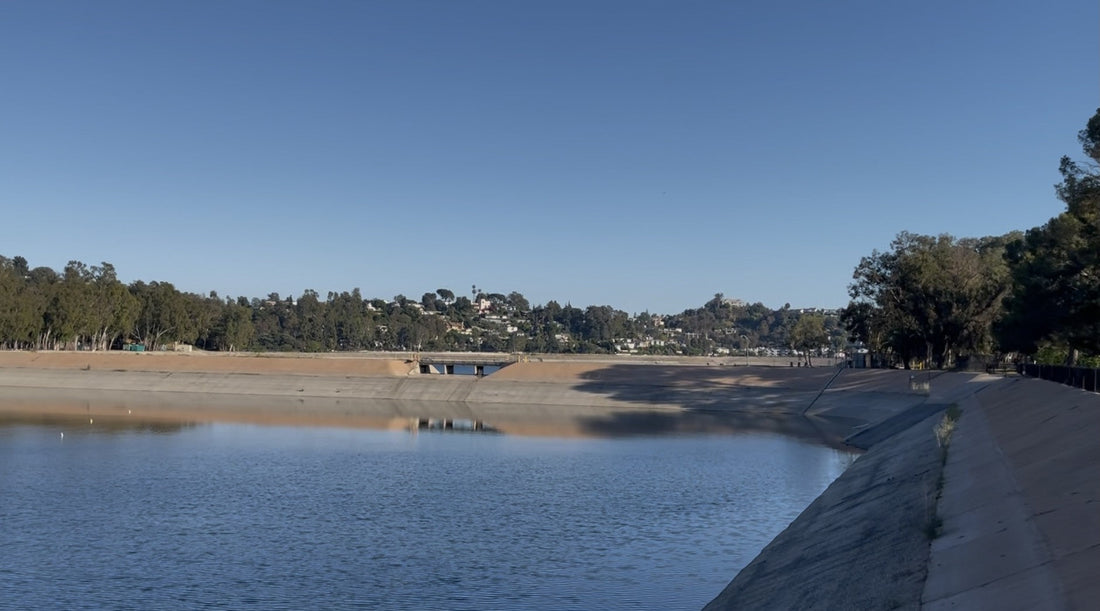Silver Lake Reservoir: LA’s Urban Oasis and Climate Ally
Pelagic ProblemsTucked away in the heart of Los Angeles lies the Silver Lake Reservoir, a scenic landmark with a story far deeper than its calm waters. For many, it’s a neighborhood icon: a place to jog, walk dogs, or catch a sunset. But this reservoir is more than just a beautiful backdrop. It plays a critical role in supporting urban ecology and offering climate resilience in an ever-growing city.
Originally constructed in the early 1900s, the Silver Lake Reservoir was once part of LA’s municipal water system. It was named after Herman Silver, a member of the Los Angeles Board of Water Commissioners, not because of the color of the water as some people may believe.
For over a century, it helped store and deliver drinking water to Los Angeles residents. However, in 2008, due to new regulations and shifts in water infrastructure, the reservoir was removed from the active water supply system. What remained was a unique opportunity: a large public space ready to be reimagined for the community and the environment.
While it no longer serves as a drinking water source, the reservoir has become a de facto wildlife sanctuary. Surrounded by urban sprawl, it provides habitat for:
- Birds like herons, egrets, and ducks
- Pollinators such as bees and butterflies
- Native plants that support local ecosystems
This biodiversity is critical. Urban areas often suffer from habitat loss and fragmentation, but places like Silver Lake Reservoir help bridge the gap by offering islands of life in a sea of concrete.
Cities are hot.
Concrete, asphalt, and buildings absorb and trap heat, creating what’s known as the urban heat island effect. Natural spaces like Silver Lake Reservoir help combat this by:
- Lowering local temperatures through water evaporation
- Providing shade and cooler air via surrounding trees and vegetation
- Acting as “carbon sinks” to absorb CO₂ from the atmosphere
In a city where temperatures continue to rise due to climate change, these benefits are not trivial.
Plans are in motion to reimagine the reservoir further. The Silver Lake Reservoir Complex Master Plan aims to enhance access, ecological health, and community use. Think native landscaping, improved wetlands, educational signage, and better accessibility — all while respecting the reservoir’s historical significance.
This transformation could serve as a model for cities worldwide: how to repurpose outdated infrastructure into vibrant, sustainable, and inclusive public space.
The Silver Lake Reservoir may no longer supply water to LA taps, but it delivers something just as vital, resilience. In an era of climate change, urban sprawl, and rising mental health challenges, spaces like this are essential. They remind us that nature doesn’t have to be far away or fenced off. It can exist right here, in the heart of the city.
So next time you visit, take a moment to look beyond the surface. You’re not just looking at a reservoir, you’re standing in the middle of a living, breathing urban ecosystem. It's not just a reservoir, it's a shared urban sanctuary.

